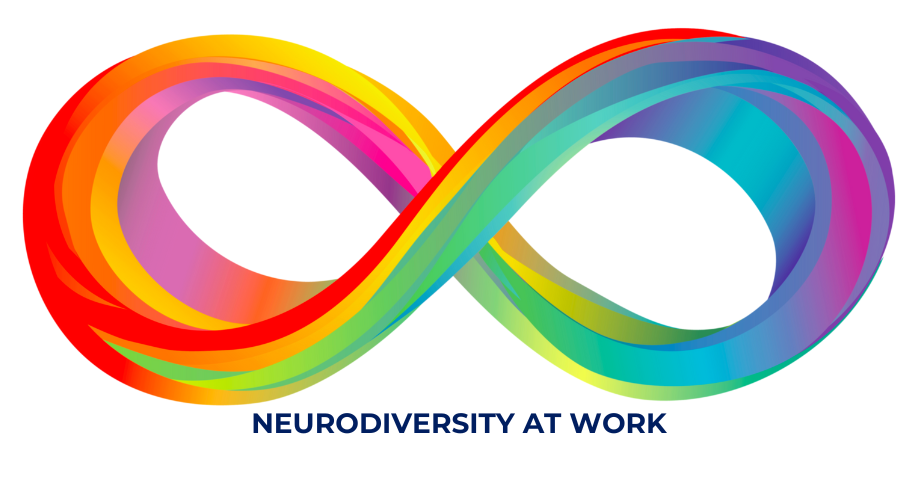5 Ways to Make Your Workplace More Inclusive of Neurodivergent People
Neurodiversity is one of the latest frontiers of workplace equity, diversity, and inclusion efforts. Organizations all around the world are recognizing the importance of different ways of thinking and doing work, especially with the unique talents that neurodivergent people bring. Awareness is the first step, but how do we take action on this? Below are my suggestions for small changes that can have a big impact.
Provide agendas before meetings
Neurodivergent brains process information differently and at different speeds that are not always compatible with the flow of a meeting. Providing detailed agendas allows people to digest the information beforehand and helps them be more prepared to engage meaningfully during the meeting. It also creates a structure for the meeting which can help ease the minds of those with anxiety around social interactions. Letting people know what to expect will make meetings more productive and, to be honest, more enjoyable (we all know the frustration of disorganized meetings or insubstantial meetings that could have been an email).
Create flexible workspaces and work arrangements
Neurodivergent people have highly sensitive nervous systems that often pick up on more stimuli than they can process. Processing high amounts of stimuli can take up a lot of energy and even become a distraction. To help us manage this, ensure that the physical environment we’re in is adaptable to limit unnecessary stimuli. For example, the ability to shut the door while working on a complex task without the assumption that we don’t like interacting with others. If it’s a shared space, provide noise-cancelling headphones and dividers to block out visual distractions. Additionally, over the course of the pandemic, we’ve seen that it is indeed possible to do much of our administrative work remotely. While remote work has many benefits, for neurodivergent people, this means we get to reserve our energy for doing the work, rather than having it eaten up by the extra stimuli in the workplace.
Utilize instant messaging communication tools
This strategy is great for so many reasons. It’s quick and accessible on many devices, not just our computers. It can save you a trip over to someone’s workstation, and get you the quick answer you need without an email or phone call. Another reason is that it can be a much more neurodivergent-friendly method of team communication. Because our brains process information differently, transitions between tasks, such as switching from thinking about how to respond to an email to suddenly listening to a co-worker’s question. Oftentimes these disruptions to our train of thought can unintentionally startle or even derail our thought process, requiring more energy to get back on the train. However, an instant message notification going off in the corner of our screen is much gentler and easier to manage the transition into communication and then back to work.
Document detailed processes and procedures
One of the most common barriers to efficient teamwork, even for neurotypical people, is the lack of formally documented processes and procedures. As a result, efforts are likely duplicated or done incorrectly thus requiring time and energy for corrections. For many neurodivergent people, verbal instructions are challenging because there is so much stimulus to process at the same time. Someone’s tone, words, facial expressions, gestures, and also environmental stimuli just to name a few. For tasks that your organization does frequently, documenting in detail each step will help all team members complete them more quickly and accurately, saving time and energy for other aspects of their work and life.
Provide awareness training to staff led by neurodivergent people
This one might seem obvious, but let me explain. There are many resources available about neurodiversity, but not all resources were created equally. For a long time, neurodiversity was exclusively studied by people who were not neurodivergent. Unsurprisingly, this led to a lot of misinformation and many of the stereotypes we see in our culture still to this day. However, there is a growing body of neurodivergent healthcare, academic, and administrative professionals who are sharing their perspectives and redefining what it means to be neurodivergent. It is crucial to learn directly from these individuals who have first-hand experience.
In addition to helping neurodivergent employees do their work more effectively, the most important thing you’ll gain is an environment that is more inclusive and welcoming to them. A sense of belonging is something we all crave and when you make adjustments for the whole team so that neurodivergent people do not have to disclose that they need accommodations (they may not even know they need them), this sends the message that who they are and how they experience the world matters. Also, as previously mentioned in Part I, these changes will benefit everyone, not just neurodivergent individuals, creating a more accessible workplace to all, a key element to universal design (more on this in future posts!).
Don’t miss any of our blogs, events, or training updates. Sign up for our monthly newsletter below!
Anica Dang (they/she) is a regular contributor to MT Consulting Group, with a focus on neurodiversity in the workplace.

